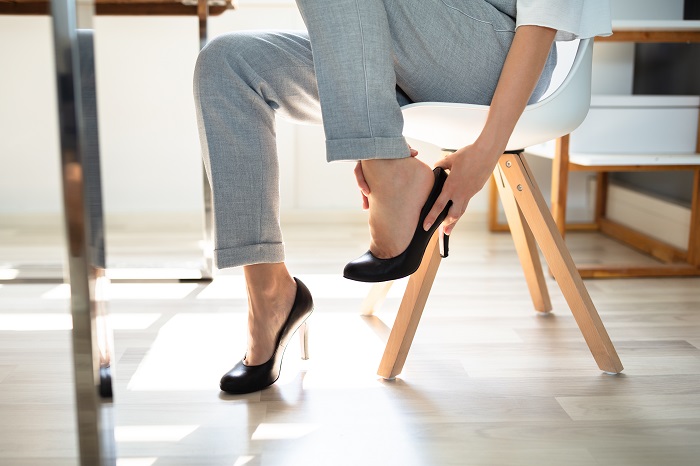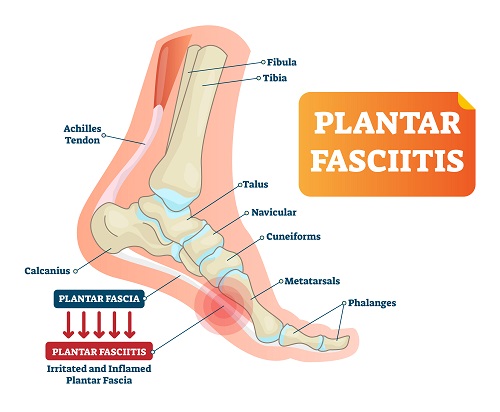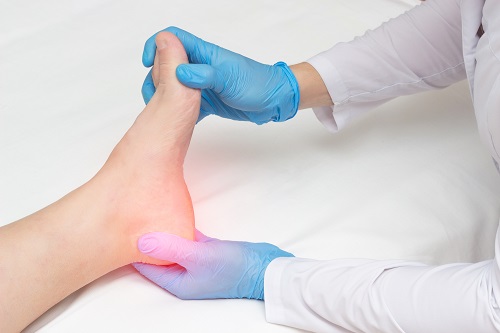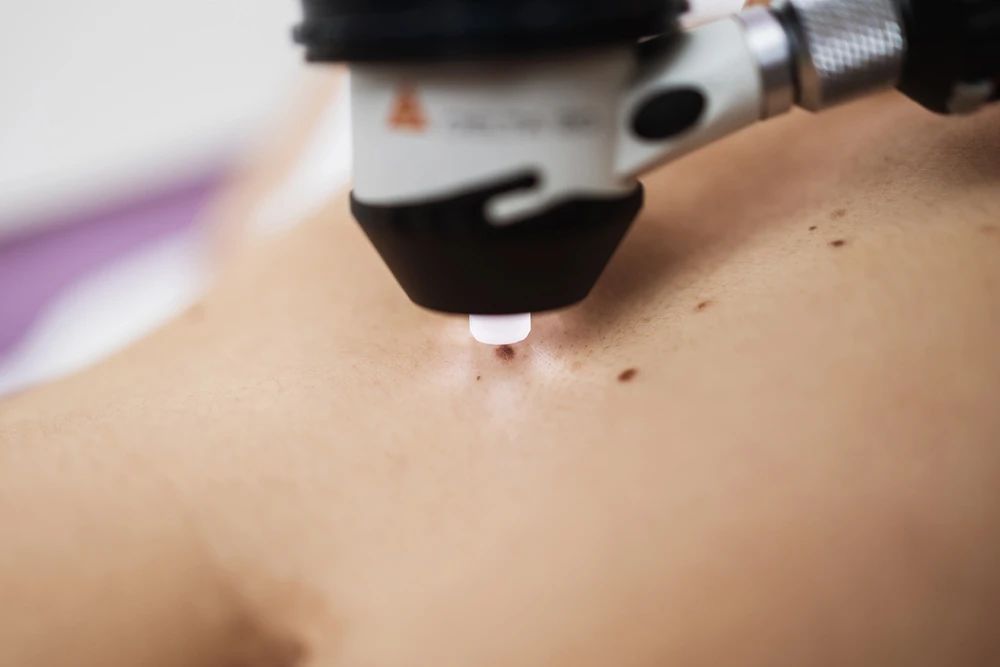Common Conditions Causing Heel Pain
2021-04-12

Heel pain is a common problem affecting the foot and ankle. While a sore heel may recover with adequate rest, people often ignore the early signs of heel pain and continue with activities that may worsen the injury.
What causes heel pain?
The heel is the largest bone in the foot and is often prone to injury due to overuse. Heel pain may range from mild to disabling, depending on the severity of the condition. The pain may be caused by inflammation, trauma, or a systemic disease such as rheumatoid arthritis.
We explain 2 common conditions that often lead to heel pain – plantar fasciitis and Achilles tendonitis.
Plantar fasciitis
Plantar fasciitis refers to an inflammation of the plantar fascia, which is a thick fibrous band that connects your heel to the front of your foot. The plantar fascia supports the arch of the foot and absorbs pressure, and when it is inflamed or torn, putting pressure on the foot may result in sharp pain. Although the exact cause of plantar fasciitis is not clear, wearing inappropriate shoes, heavy work demands, obesity, running, and abnormal foot mechanics are some of the probable causes.

Symptoms of plantar fasciitis
Plantar fasciitis causes pain in the bottom of the heel, which extends into the arch of the foot. The intensity of pain may vary; the pain may be sharp or may feel like widespread soreness in the area surrounding the heel and the arch. A common symptom of plantar fasciitis is a stabbing pain that occurs when you take your first steps in the morning. The pain usually decreases as the day progresses with use of the foot but may return after long periods of standing or when you stand up from a sitting posture.
Who is at risk of plantar fasciitis?
While the cause of this condition is unclear, there are factors that can increase your risk of developing plantar fasciitis:
· Age – the condition is more common among those aged 40 – 60
· Flat feet, high arches, or tight calf muscles
· Obesity – extra pressure on your feet due to significant body weight
· Medical conditions such as arthritis
· Exercises that repeatedly impacts the plantar fascia such as running
· Standing for extended periods
· Wearing high-heeled shoes
Achilles Tendonitis
The Achilles tendon is the largest and strongest tendon (tissue connecting a muscle to a bone) in the body, connecting the calf muscles to the heel bone. The Achilles tendon helps you in walking, running and jumping.
Achilles tendonitis refers to the inflammation of the Achilles tendon. It can be caused by any activity which causes repetitive stress to the tendon, such as playing basketball or running. A sudden increase in the amount or intensity of exercise activity may also lead to Achilles tendonitis. Another condition which may cause Achilles tendonitis is a bone spur, which are bone projections caused by conditions such as inflammation and degeneration.

Symptoms of Achilles tendonitis
A common sign of Achilles tendonitis includes pain in the back of your heel that worsens with activity. You may also experience severe pain the day after exercising. Other symptoms include swelling along the tendon, and tenderness or stiffness, which may improve with mild activity. However, it is also possible that you may not have any signs or symptoms.
Who is at risk of Achilles tendonitis?
Achilles tendonitis is more common in men than in women. Other risk factors for Achilles tendonitis include old age, a naturally flat arch in the foot, obesity, and tight calf muscles. Medical conditions such as psoriasis or high blood pressure and use of certain medications such as antibiotics may also increase your risk of Achilles tendonitis.
What are the treatments available for heel pain?
Conservative treatment methods include resting, icing the affected area, and stretching. You may consider physical therapy to learn the appropriate exercises for stretching the affected area and building up supporting muscles. A night splint or arch support may also be recommended to aid recovery.
If these measures do not seem to work, your doctor may recommend steroid injections or shockwave therapy. Shockwave therapy is a non-invasive procedure that uses mechanical high energy sound waves to target the affected area and stimulate healing. Patients can expect pain reduction and improvement in functionality of the affected area after the treatment.
If the pain is severe and both conservative and non-invasive treatments are ineffective, surgery may be required.
When should you see a doctor for your heel pain?

The exact cause of heel pain may be difficult to identify as the different conditions may have similar and overlapping symptoms. Consult a doctor if you observe any of the following symptoms:
- Difficulty in walking
- Heel pain that occurs at night or while resting
- Persistent heel pain
- Swelling or discoloration of the foot
- Signs of an infection
Receiving prompt treatment can aid recovery and prevent complications, allowing you to resume your daily activities.
For more information or to make an appointment with an Orthopedic Specialist, please contact our Appointment Service Center at 400.819.6622.
Copyright: Health Plus an online health and wellness web resource developed by Parkway Singapore
References:
1. Foot problems - heel pain, retrieved on 02 November 2020 from https://www.betterhealth.vic.gov.au/health/conditionsandtreatments/foot-problems-heel-pain
2. Foot and Heel Pain, retrieved on 02 November 2020 from https://my.clevelandclinic.org/health/articles/10060-heel-pain-common-causes-symptoms-and-treatments. (14 December 2017)
3. Plantar fasciitis, retrieved on 02 November 2020 from https://www.mayoclinic.org/diseases-conditions/plantar-fasciitis/symptoms-causes/syc-20354846.
4. Achilles Tendinitis, retrieved on 02 November 2020 from https://orthoinfo.aaos.org/ens/diseases--conditions/achilles-tendinitis/.
5. Effectiveness and Safety of Shockwave Therapy in Tendinopathies, retrieved on 02 November 2020 from https://www.ncbi.nlm.nih.gov/pmc/articles/PMC6029898/





























